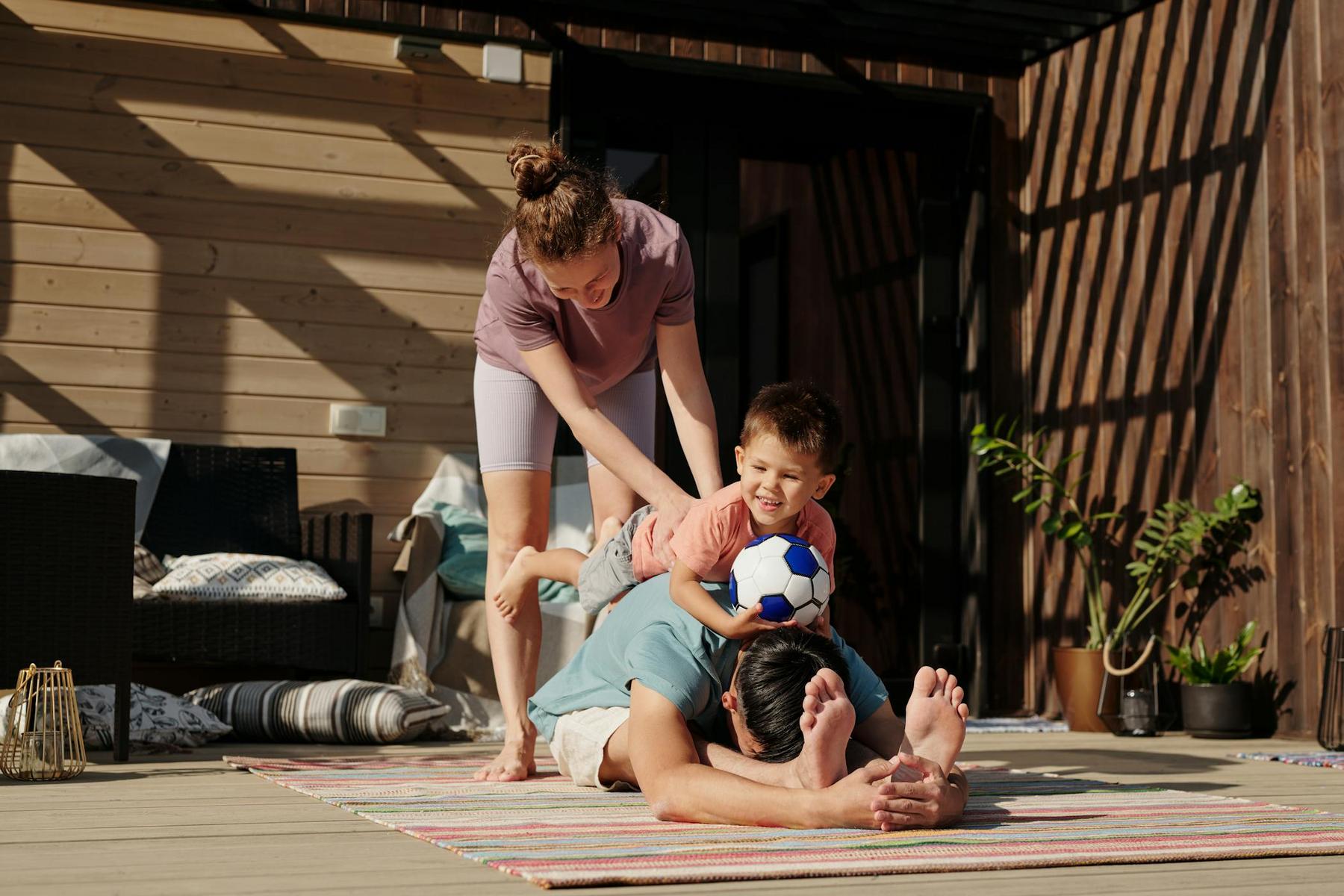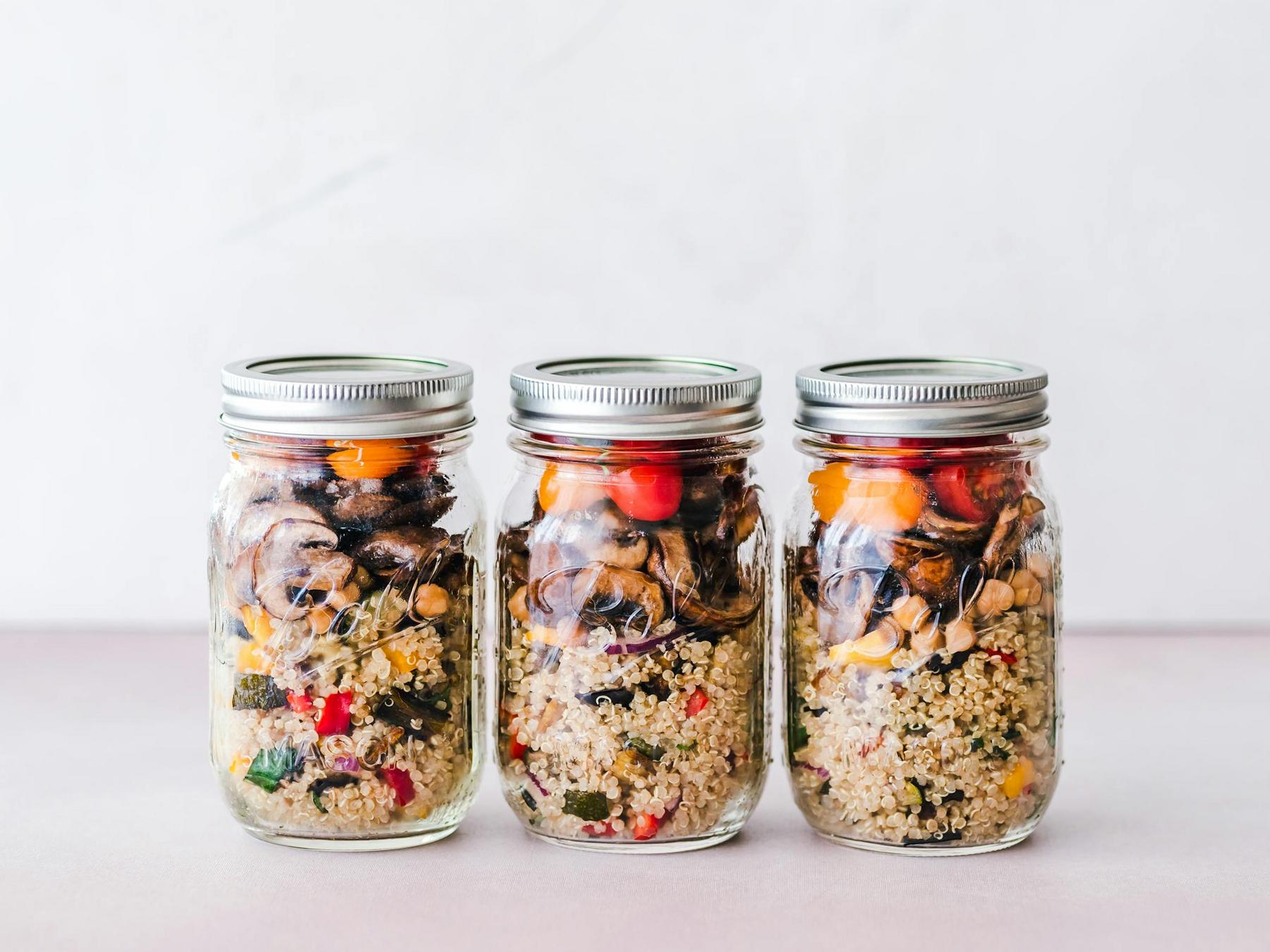In Australia, where 24-30% of children and adolescents face overweight or obesity challenges, family-based approaches to fitness and weight management have emerged as particularly effective strategies. Rather than focusing on individual efforts, evidence shows that collective family involvement creates sustainable lifestyle changes and improved health outcomes. When families exercise, prepare nutritious meals, and support each other’s well-being together, they establish sustainable habits that benefit everyone involved.
Why Should Weight Management Be a Family Affair?
The ecological model of health behaviour change, emphasised in Australian Obesity Guidelines, demonstrates that effective weight management requires addressing multiple environmental layers simultaneously. Family units serve as the primary ecological system influencing eating patterns, activity levels, and sedentary behaviours.
Research published by the National Health and Medical Research Council (NHMRC) reveals that parent-led modelling of healthy behaviours increases adolescent adherence to fitness plans by 47% compared to individual-focused approaches. This significant improvement occurs because children naturally emulate their parents’ behaviours, making family participation a powerful catalyst for change.
As the NHMRC recommends, successful family fitness plans should focus on “small, sustainable changes implemented gradually across all family members” rather than targeting individual weight metrics. This approach aligns with current Australian health guidelines and reduces the psychological burden often associated with weight management.
How Do You Design Age-Appropriate Activities for the Whole Family?
Creating an effective family fitness plan requires understanding the developmental needs of different age groups while finding activities everyone can enjoy together.
Early Childhood (2-5 years)
For preschoolers, Australia’s 24-Hour Movement Guidelines recommend at least 180 minutes of physical activity daily, focusing on fundamental movement skill development through unstructured play. The Family Food Environment Survey shows preschoolers in active families demonstrate 32% lower obesity risk.
Appropriate activities include:
- Backyard obstacle courses
- Dance parties to favourite music
- Nature scavenger hunts
- Swimming and water play
- Animal movement games (hop like a kangaroo, crawl like a lizard)
School-Age Children (6-12 years)
Children in this age range benefit from structured team sports combined with family adventure challenges. Research shows these activities can improve cardiorespiratory fitness scores by 18-24%. The Australian Institute of Health and Welfare notes this age group averages 2.1 hours/day of screen time, making tech-free family activities particularly valuable.
Effective options include:
- Family cycling or bushwalking expeditions
- Backyard cricket or football matches
- Treasure hunts requiring physical challenges at each station
- Swimming lessons and family pool time
- Interactive video games that require movement
Adolescents (13-18 years)
Teenagers require more sophisticated approaches that respect their developing autonomy while maintaining family connection. Telehealth-supported strength training programs show particular efficacy, with resistance training three times weekly yielding 1.8 times greater fat loss than cardio-only regimens.
Suitable activities include:
- Family gym sessions with personalised goals
- Challenging bushwalks or hiking expeditions
- Training together for community fun runs
- Rock climbing or adventure sports
- Strength training circuits at home
Adults
Adults should aim for 150-300 minutes of moderate or 75-150 minutes of vigorous activity weekly, according to Australian guidelines. Finding activities that can be modified for different fitness levels ensures everyone can participate.
What Does an Effective Progressive Family Fitness Plan Look Like?
Implementing a progressive plan prevents plateaus while maintaining engagement across all family members. Based on the research data, here’s a structured approach:
| Phase | Duration | Cardio Activities | Strength Activities | Family Challenges |
|---|---|---|---|---|
| Beginner | Weeks 1-4 | 20-minute neighbourhood walks (3-5x/week) | Bodyweight circuits: bear crawls, bird dogs (2-3x/week) | Weekend active outings (park, beach) |
| Intermediate | Weeks 5-8 | Power walks with short jogs, cycling (3-5x/week) | Resistance bands added to squats/lunges (2×12 reps, 3x/week) | Weekend hiking with 5% increased distance weekly |
| Advanced | Weeks 9+ | Interval training, longer cycles/swims (3-5x/week) | HIIT circuits (45s work/15s rest) using household items (3x/week) | Family fitness challenges (plank competitions, step count contests) |
This progressive structure allows families to build fitness gradually while celebrating improvements together. The NHMRC notes that such progressive plans yield significantly better adherence than static programs.
How Can Nutrition Support Your Family Fitness Plan?
Nutritional changes work synergistically with increased physical activity to support weight management. The Australian Dietary Guidelines provide an evidence-based framework for family nutrition.
Implementing Gradual Dietary Shifts
Rather than dramatic restrictions, focus on gradually:
- Increasing vegetable intake to 5+ serves per day
- Replacing sugary drinks with water (reduces obesity risk by 31%)
- Planning 90% of meals using Core Food Groups
Practical implementation strategies include:
- Meal Prep Sundays: Batch cooking 3-4 balanced meals together as a family
- Veggie Exploration: Trying one new vegetable weekly, prepared in different ways
- Hydration Challenges: Tracking water intake via family charts or apps
Family-Friendly Portion Control
Research shows families using portion control strategies maintain 12.7% greater weight loss at 12-month follow-up. Australian clinical guidelines recommend using household measures:
- Protein: Palm-sized serves (115-170g cooked)
- Carbohydrates: Cupped hand portions (1/2-1 cup cooked)
- Fats: Thumb-sized amounts (7-10ml for oils)
Teaching children these visual portion guides creates healthy eating patterns without focusing on calorie counting or restrictive practices.
What Behavioural Strategies Support Sustainable Family Fitness?
Creating sustainable change requires more than just knowledge—it demands effective behavioural strategies that work for the whole family.
Environmental Restructuring
Australian obesity guidelines recommend modifying home environments to make healthy choices easier:
- Food Environment: Keep fruits and vegetables at eye level in the refrigerator; store processed snacks in less accessible locations
- Activity Environment: Designate workout zones with visible equipment like resistance bands, yoga mats, and balls
- Screen Environment: Implement “device-free” times and zones, particularly during meals and family activities
Motivational Techniques
Evidence-based behavioural change strategies include:
- Family Goal Setting: Establish SMART goals together (Specific, Measurable, Achievable, Relevant, Time-bound)
- Tracking Progress: Use visual charts or apps to monitor improvements in non-weight metrics like energy levels, strength, or distance covered
- Celebration System: Create meaningful rewards for achieving family goals that don’t centre around food
Technology Integration
Australian telehealth services demonstrate impressive results through:
- Activity Tracking: Step competitions with real-time family leaderboards
- Guided Workouts: Following age-appropriate exercise videos together
- Professional Support: Consulting with healthcare providers via telehealth for personalised guidance
The TeleMOVE program achieved 4.3% body weight reduction over 12 weeks through daily interactive modules, highlighting the potential of technology-enhanced approaches.
Building Sustainable Family Fitness Habits
The ultimate goal of any family fitness plan is creating sustainable habits that become part of everyday life. Meta-analyses show family-based interventions yield 2.3 times greater weight maintenance at 24 months compared to individual approaches.
Key principles for sustainability include:
- Start with enjoyable activities that don’t feel like “exercise”
- Focus on non-scale victories like improved energy, better sleep, and enhanced mood
- Embrace flexibility when life gets busy rather than abandoning the plan entirely
- Involve all family members in planning and decision-making
- Celebrate consistency rather than perfection
By integrating physical activity, nutrition, and behavioural strategies, Australian families can transform weight management from a temporary challenge into a lifestyle that fosters intergenerational health benefits.
Our patients achieve <20.2% weight reduction with medical weight loss treatments delivered straight to their door. No clinics. No waiting. Just results. See if you’re eligible for our medical weight loss treatments – take our quiz.
How much physical activity do Australian children need for healthy weight management?
According to Australia’s 24-Hour Movement Guidelines, children aged 5-12 need at least 60 minutes of moderate to vigorous physical activity daily, including bone-strengthening activities three times per week. Adolescents aged 13-17 require the same 60+ minutes daily with muscle-strengthening activities three times weekly. For preschoolers (2-5 years), the recommendation is at least 180 minutes of physical activity spread throughout the day, with at least 60 minutes being energetic play.
Can family fitness activities really make a difference in weight management?
Yes, research demonstrates that family-centred approaches yield significantly better outcomes than individual interventions. Studies show a 47% increase in adolescent adherence to fitness plans when parents actively participate and model healthy behaviours. Additionally, family-based interventions show 2.3 times greater weight maintenance at 24 months compared to individual approaches, according to NHMRC data.
How can we incorporate fitness into our busy family schedule?
Focus on integration rather than addition by finding opportunities within your existing routine: walk or cycle to school instead of driving (burning approximately 450kcal per session), turn waiting time into active time with games like ‘who can do the most star jumps,’ schedule active family time on weekends, and break physical activity into manageable 10-15 minute segments throughout the day. The Australian guidelines recognise that accumulated activity throughout the day provides similar benefits to continuous sessions.
Should we focus on diet or exercise for family weight management?
The NHMRC guidelines clearly indicate that multicomponent interventions combining nutritional modification, structured physical activity, and behavioural psychology principles yield the best results. Neither diet nor exercise alone produces optimal outcomes. The most effective approach addresses both simultaneously while creating supportive family environments that make healthy choices easier and more sustainable.
At what age can children begin strength training as part of a family fitness plan?
Children can safely engage in age-appropriate strength-building activities at any age. For younger children (under 8), this means bodyweight activities like climbing, animal walks, and playground play. From ages 8-12, children can begin using light resistance bands and learning proper form for fundamental movements. Adolescents (13+) can progress to more structured strength training with proper supervision and technique instruction. Resistance training 3 times weekly has been shown to yield 1.8 times greater fat loss than cardio-only regimens in adolescents.



